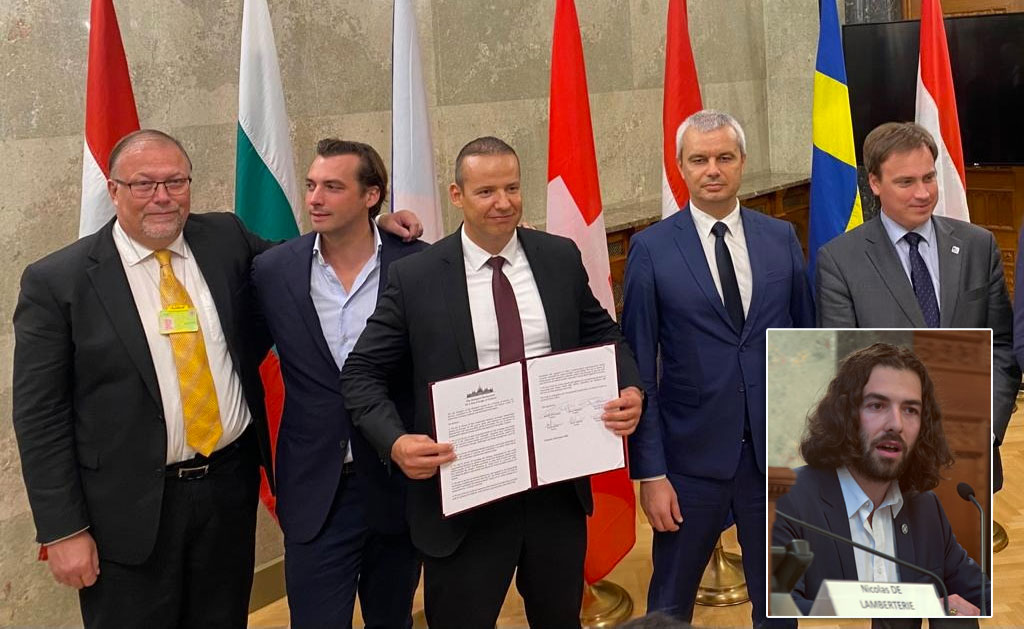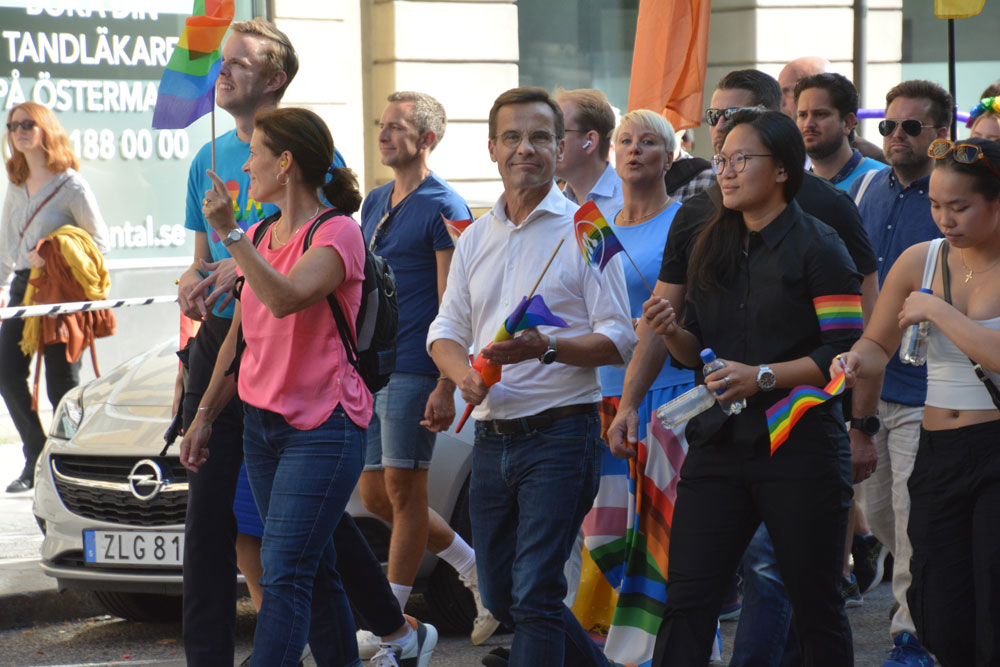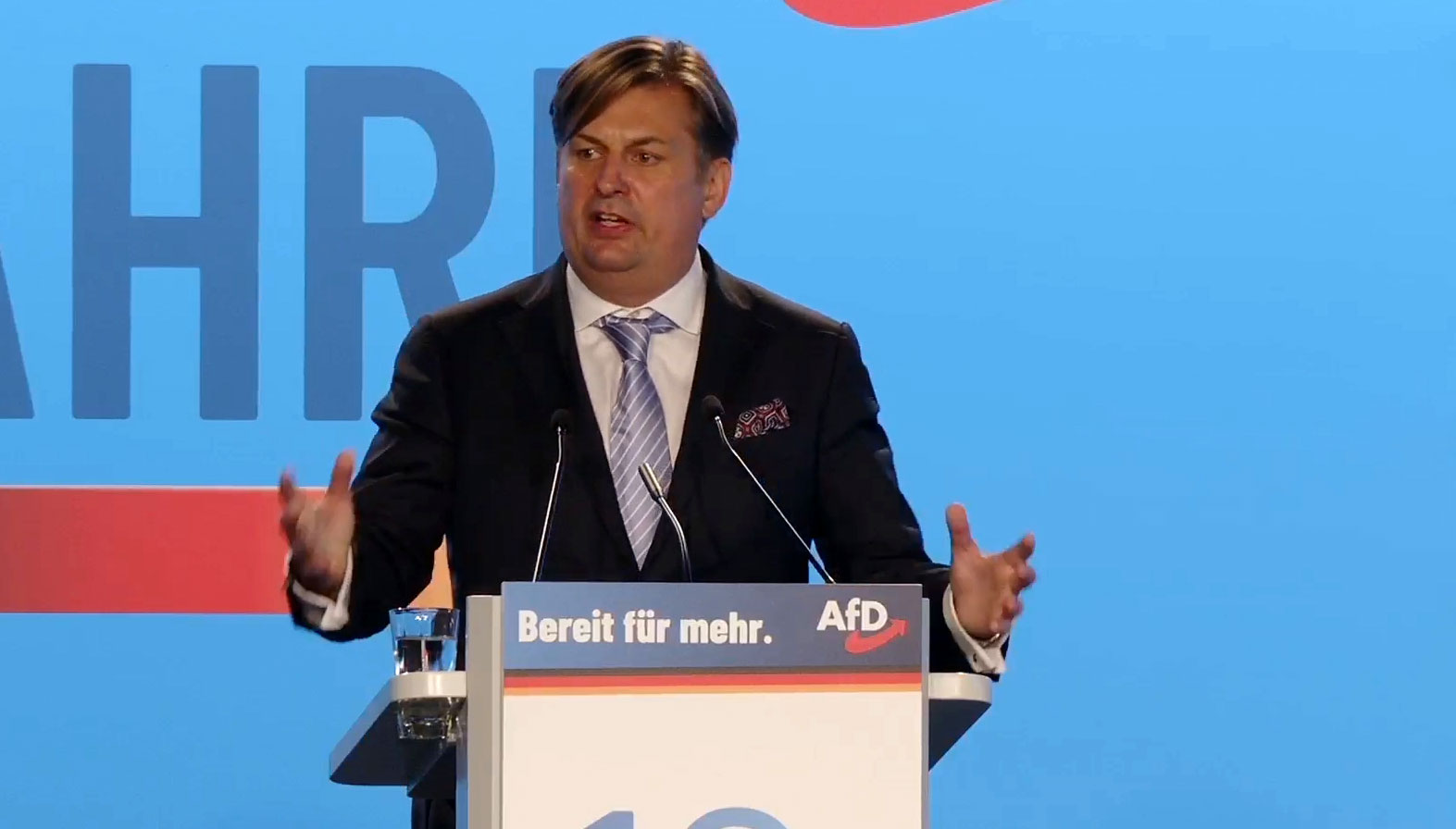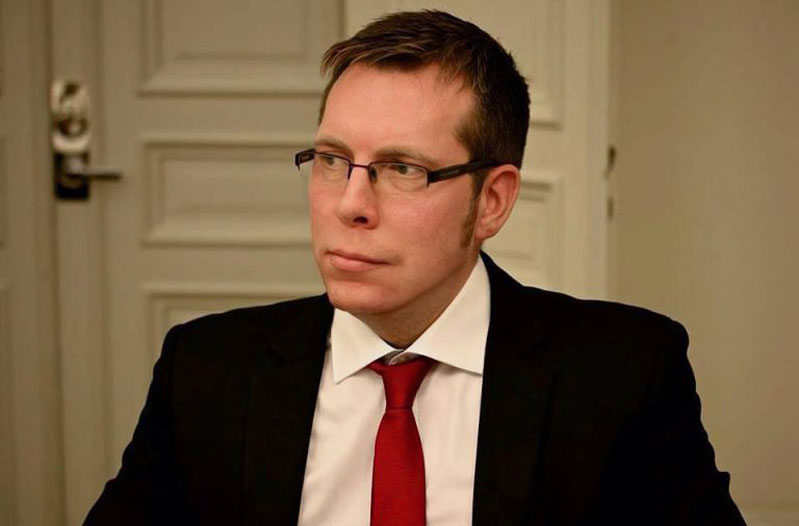‘Refugees’ are not paying German pensions but contributing to poverty
Germans were promised that an influx of migrants would solve the country's imploding demography. But instead pensioners are bearing the brunt of the wave of newcomers, not benefitting from it.
Published: April 24, 2018, 1:29 pm
“Refugees to pay our pension,” an editorial headline the newspaper Frankfurter Rundschau in February 2016 promised German readers. The migrant “influx ensures rejuvenation that is so urgently needed” and the migrants “will soon pay into our public welfare system,” the newspaper promised.
However, poverty, especially among elderly German pensioners, has reached an historic high. Almost 20 percent of Germans are threatened by poverty today, according to the German Federal Statistical Office.
The current level of poverty is “higher than ever since the unification of the Federal Republic and the [Communist] German Democratic Republic,” the German public broadcaster Deutsche Welle reported.
Women, especially those who are older than 65, are more threatened by unsustainable conditions than men, according to a study commissioned by the EU.
Poverty is reaching new heights in Germany, even as GDP continues to grow, and some economists have warned that immigration plays a central a role because it drives down wages.
Jens Weidmann, president of the Bundesbank, told the Financial Times in January this year that the institution’s research suggests that migration “partially accounts for damped wage pressures in Germany”.
While growing GDP might help with job creation, many of the new jobs are so poorly paid that they merely cause further erosion of middle class living standards, says Erika Biehn, deputy chairwoman of a charity set up to help the poor.
Contrary to what the establishment media would have Germans believe, there is no evidence that the hundreds of thousands of young migrant men that have entered Germany are going to support the country’s aging work force or become productive citizens soon.
Instead of lining up for work, these young immigrant men, in the hundreds of thousands, have taken refuge in the Germany’s generous welfare system instead.
Municipalities have already warned against the failure of the integration of migrants into the labor market.
Almost 600 000 migrants were eligible for work while they were receiving basic security Hartz IV, the social security pay-out, in mid-2017, said the chief executive of the city and local government, Gerd Landsberg.
Landsberg told the newspapers of the Funke media group that this was an increase of more than 250 000 people compared to 2016.
The chief executive of the city and community federation demanded more flexibility and cited Denmark as an example. “There, refugees are introduced to the labour market as quickly as possible, and language acquisition takes place in parallel,” he said. “Germany has to say goodbye to the rigid patterns and react to new challenges with new concepts.” Language acquisition works best in conjunction with work, he said.
The chief executive also called on the economic players to become more involved. The qualification and training of the newly arrived to Germany was also in their interest.
Especially from the big companies he expected “a considerable increase in effort and commitment in the field of labor market integration” to prevent a crisis. For example, local alliances could be formed for work, bringing together municipalities, chambers of commerce, businesses, the regional economy and training institutions, he explained.
“More than half of the able-bodied unemployment benefit receivers at present are of foreign descent,” Der Spiegel reported on April 10, 2018. “According to latest numbers complied in September 2017, out of 4.3 million able-bodied welfare recipients, 55.2 percent were of an immigrant background. In 2013, that figure was 43 percent.”
As of December 2017, an estimated 600 000 able-bodied asylum seekers in Germany were receiving state benefits, the newspaper Die Welt reported in December, 2017. Thus, the number of foreigners living on unemployment benefits has crossed the 2-million-mark focus.de reported, for the first time in post-war Germany.
The newcomers are a strain on Germany’s finances, and since their arrival, there has been a surge across the country in violent crime. A recent report commissioned by the German Ministry of Family Affairs found that North African migrants have contributed to an increase of more than 90 percent of violent crimes in the northern state of Lower Saxony.
Sadly, similar trends can be witnessed throughout Germany. The investigative team led by criminal scientist Christian Pfeiffer has analyzed the situation in Lower Saxony and says the results could easily be applied to the whole country. “Lower Saxony is an average state, the results are therefore applicable in a wider sense.”
According to the country’s annual crime report of 2017, compiled by the Federal Crime Bureau (BKA), a 50 percent rise in year-on-year rise migrant crimes was noted.
Presently the migrants make up less than 2 percent of the German population, but was charged for nearly 15 percent of all violent crimes, such as rapes and aggravated assaults, the BKA report showed.
All rights reserved. You have permission to quote freely from the articles provided that the source (www.freewestmedia.com) is given. Photos may not be used without our consent.
Consider donating to support our work
Help us to produce more articles like this. FreeWestMedia is depending on donations from our readers to keep going. With your help, we expose the mainstream fake news agenda.
Keep your language polite. Readers from many different countries visit and contribute to Free West Media and we must therefore obey the rules in, for example, Germany. Illegal content will be deleted.
If you have been approved to post comments without preview from FWM, you are responsible for violations of any law. This means that FWM may be forced to cooperate with authorities in a possible crime investigation.
If your comments are subject to preview by FWM, please be patient. We continually review comments but depending on the time of day it can take up to several hours before your comment is reviewed.
We reserve the right to delete comments that are offensive, contain slander or foul language, or are irrelevant to the discussion.

Swedish military wants to remilitarize the Åland Islands
The demilitarized autonomy has previously been known as 'the islands of peace.

NOAA Predicts Zero Sunspots for Almost the Whole 2030s
CLIMATEThe United States' government scientific organization, the National Oceanic and Atmospheric Administration (NOAA), predicts zero sunspots from 2031 to 2040. This is an extreme situation that has not occurred in as long as humanity has been counting sunspots, and it leads us into uncharted territory in terms of our solar system. However, this prediction aligns with the warnings of the world-renowned solar researcher Valentina Zharkova for many years, who indicated in 2019 various signs of this catastrophic phenomenon, including the extreme hailstorms we have seen in Europe and the world this summer. The forecast and various observations this year give cause for very significant concern. In this unique analysis, Free West Media explains why.

European Nationalist Parties Forge Cooperation Ahead of EU Elections
EUROPEAN ELECTIONSOn Saturday, August 26, representatives of six European nationalist parties gathered in Budapest. The meeting was initiated by the Hungarian party Mi Hazánk and took place in the national parliament. Representatives of the parties signed a joint declaration that not only reaffirms the parties' friendship but also their unity on a range of complex political issues. A surprisingly clear and radical manifesto was established. The hope is that this cooperation will lead to success in the EU elections and eventually result in the formation of a group in the European Parliament. For Swedish nationalism, this meeting marks a success as Sweden, for the first time, has a party represented in a leading nationalist cooperation in Europe. Free West Media was present at this historic event.

Turkey Believes Sweden Hasn’t Done Enough
Sweden will have to wait a bit longer for NATO membership, according to Turkey's Justice Minister Jilmaz Tunc. First, Sweden must extradite the "terrorists" Turkey wants and stop the desecration of the Quran.

Swedish Weapon Takes Down Russia’s Best Attack Helicopter
The Russian attack helicopter Ka-52 is considered one of the world's best and has struck fear in Ukraine, where it has hunted down tanks and other armored vehicles, often beyond the range of many light anti-aircraft systems. However, it has met its match in the Swedish air defense missile system RBS 70, which has quickly led to significant losses for the Russian helicopter forces.

Strong Confidence in German AfD
Alternative for Germany (AfD) held a party conference on July 29-30 to select candidates for the upcoming EU election next year. EU Parliament member Maximilian Krah, belonging to the party's more radical, ethnonationalist faction, was appointed as the top candidate. The party's two spokespersons delivered powerful speeches criticizing the EU's failed migration policy and trade sanctions that isolate Europe and Germany from the rest of the world. They argued that it's time for the EU to return a significant portion of its power to national parliaments. However, they have dropped the demand for Germany to exit the EU.

The Establishment Wants to Ban Germany’s Second Largest Party – for the Sake of Democracy
The rising popularity of AfD has raised strong concerns within the establishment. Despite lies and demonization in the media and isolation from the overall political establishment, the party continues to grow. Certain representatives of the party are accused of becoming increasingly "extreme," and in an unusual move, the influential weekly newspaper Der Spiegel demanded that AfD be "banned."

Dutch FvD break through the media blockade
What is happening in the Netherlands? It is often difficult to follow events in other countries, especially when distorted by system media. We give Forum for Democracy (FvD) the opportunity to speak out on the political situation in the Netherlands and the staunch resistance they face in trying to save the country.

The Ursula von der Leyen Affair
After a criminal complaint in Belgium against the President of the European Commission, the so-called SMS-case, now takes a new turn. The judge responsible for the investigation will likely gain access to the secret messages exchanged between Ursula von der Leyen and Albert Bourla, CEO of Pfizer, at least if they haven't been deleted.

Publisher of Unique Literature Worldwide Blocked by International Distributor
Arktos has distinguished itself by publishing groundbreaking philosophers and social critics. Now, the publisher's international distributor has abruptly terminated the cooperation, and more than 400 already printed titles cannot reach their audience. There is strong evidence that the distributor has been under pressure, something that has also happened in Sweden. We have spoken with Arktos founder Daniel Friberg about the ongoing struggle for freedom of speech in a shrinking cultural corridor.

